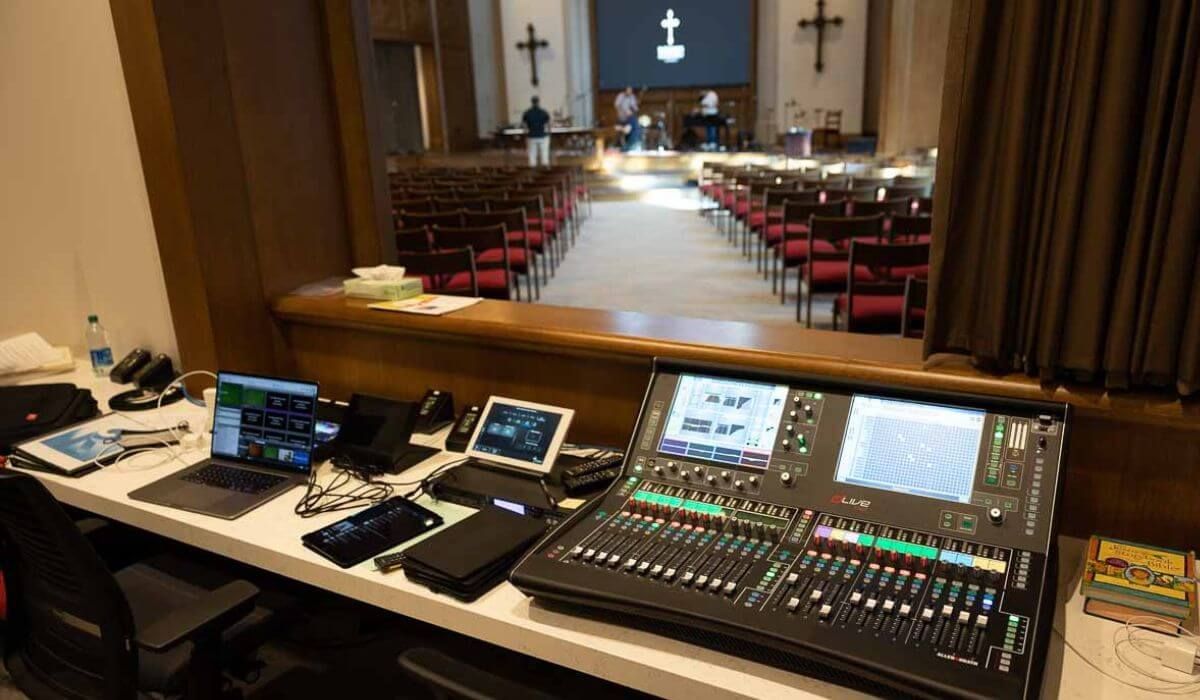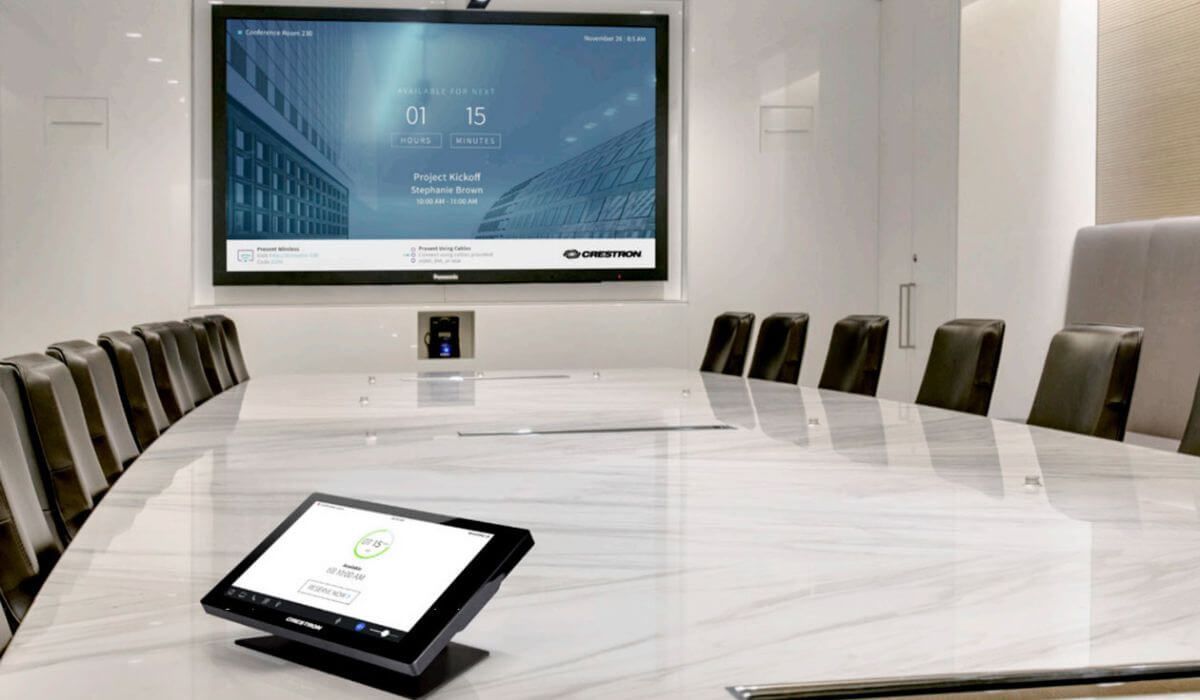Challenges and Solutions in 3D Projection Advertising
The world of advertising is undergoing a technological revolution, and 3D projection technology is at the forefront of this transformation. From stunning building facades to immersive product displays, 3D projection advertising is redefining how brands interact with audiences. This guide explores the latest trends, technological advancements, and future potential of 3D projection advertising, providing insights into its impact on marketing strategies in Sydney and beyond.
Understanding 3D Projection Advertising Trends
What is 3D Projection in Advertising?
3D projection advertising, also known as 3D video mapping, uses specialized technology to project lifelike, three-dimensional images onto physical surfaces. These displays create an illusion of depth and motion, transforming ordinary objects or spaces into dynamic visual experiences.
- Key elements include spatial augmented reality and interactive displays, which engage audiences in real-time.
- Popular applications range from event promotions to brand launches, captivating audiences with their creative and immersive designs.
Why Are 3D Projections Becoming Popular in Marketing?
The rise of 3D projection advertising is driven by its ability to:
- Enhance consumer engagement: Interactive and visually striking displays leave a lasting impression on viewers.
- Deliver immersive experiences: These campaigns transport audiences into a brand’s story, making advertising more memorable.
- Leverage technology: With advancements in projection mapping and augmented reality, brands can execute complex campaigns seamlessly.
In Sydney, where competition among brands is fierce, adopting cutting-edge techniques like 3D projection is becoming essential for standing out.
Key Technologies Driving 3D Projection Advertising
Advances in Projection Mapping Software
Modern projection mapping software has revolutionized the way 3D advertising is created and delivered.
- Real-time rendering allows for dynamic and adaptable content.
- Innovations in graphic technology ensure high-quality visuals, even in challenging environments.
- User-friendly platforms empower marketers to execute complex projects without extensive technical knowledge.
Hardware Innovations Enhancing 3D Effects
The hardware behind 3D projections plays a crucial role in delivering exceptional results. Key advancements include:
- High-lumen projectors: These deliver vivid and bright images, even in outdoor settings.
- LED innovations: Provide energy-efficient and sharper displays.
- Portable projection systems: Allow flexibility in setting up campaigns at different locations, perfect for dynamic marketing in a city like Sydney.
Case Studies of 3D Projection in Marketing Campaigns
Successful 3D Projection Campaigns Globally
Several global brands have embraced 3D projection advertising with resounding success:
- Coca-Cola’s interactive display in Times Square: This campaign combined 3D projection with real-time audience participation, creating a buzz worldwide.
- Audi’s car launch projection in Berlin: The brand used 3D mapping to showcase its vehicle features in a futuristic and engaging manner.
- Sydney’s New Year’s Eve projections: The city itself has seen stunning 3D projections on iconic landmarks, illustrating the potential of this technology locally.
Analyzing ROI of 3D Projection Advertisements
When executed well, 3D projection campaigns yield significant returns:
- Consumer analytics show increased brand recall and engagement.
- Higher investment returns compared to traditional static advertising.
- Enhanced audience impressions through immersive storytelling.
Future Trends in 3D Projection Advertising
Emerging Trends in 3D Advertising Techniques
The future of 3D projection advertising looks brighter than ever, with innovations like:
- Augmented reality (AR) integration: Combining AR and 3D projections to create hyper-interactive experiences.
- AI in advertising: Using artificial intelligence to tailor 3D displays based on audience preferences and behavior.
- Wearable technology synergies: Pairing 3D visuals with devices like AR glasses for deeper engagement.
Predictions for 3D Projection’s Role in Future Marketing
Experts predict that 3D projection advertising will:
- Become a staple in outdoor and experiential marketing, especially in urban areas like Sydney.
- Drive personalized advertising experiences through data-driven insights.
- Expand into smaller businesses as technology becomes more accessible and cost-effective.
Conclusion
3D projection advertising is reshaping the landscape of marketing, offering brands in Sydney and beyond an opportunity to captivate audiences like never before. With its ability to combine technology, creativity, and engagement, this advertising method has the potential to transform traditional campaigns into unforgettable experiences.
Ready to Captivate Your Audience?
Transform your marketing strategy with 3D projection advertising. Contact Scavi in Sydney today and see how our innovative solutions can bring your brand to life!
FAQs About 3D Projection Advertising
What is 3D projection advertising?
It’s a technique that uses specialized technology to project three-dimensional visuals onto surfaces, creating immersive and interactive displays.
How does 3D projection technology work in marketing?
It combines projection mapping software and high-tech hardware to design and project visuals that align with a brand's marketing strategy.
What are the benefits of using 3D projections for advertising?
They enhance audience engagement, improve brand recall, and create dynamic, memorable experiences.
Can 3D projection be used in outdoor advertising?
Yes, with advancements in high-lumen projectors and durable systems, 3D projections are increasingly popular for outdoor events and campaigns.
What does the future hold for 3D projection in advertising?
The future includes AR integration, AI-driven content, and broader accessibility, making it a go-to tool for innovative marketers.




